Over the years, we’ve worked in some pretty crazy places – from bars to yachts to major arenas. Every project – and every venue – is unique and presents its own set of challenges to overcome and logistics to work though. Here’s a look back at some of the most challenging live production environments we’ve worked in.
Times Square: New York, NY
Project(s): 2014 CBGB Music Festival & Epson’s ‘Swimming in Ink’ Webcast
https://www.youtube.com/watch?v=8lThkYiMikU&t=2s
Our first most challenging live production environments happens to be one of the busiest intersections in the world: Times Square. We’ve had the pleasure of working in Times Square on 2 occasion: once for the 2014 CBGB Music Festival and again for Epson’s ‘Swimming in Ink’ live webcast. While both projects were vastly different – one an all-day music festival spanning 8 blocks and the other an all-day product launch event – they both had similar challenges. The biggest challenge for both projects was the timeline. Plaza rentals in Times Square run for 24-hours – from 12:01am to 11:59pm – so it’s rare to have the luxury of a setup day due to the rental costs. This meant everything had to happen in 1 day – setup, production, and strike. This is something we’re more than accustomed to, but having to run cable in Times Square – which sees over 300,000 pedestrians daily – adds to the challenge and the amount of setup time needed. Parking was also a challenge for both gigs. There were only certain places where it was feasible to park a mobile unit. We had to find a space that was as close to the stage as possible in order to minimize cable runs and eliminate the need to fly cables (which would have required additional permitting). And of course, there’s RF. Times Square is one of the harshest RF environments to work in, so we had to carefully coordinate our frequencies and also work to eliminate as much of our wireless gear as possible. Despite the challenging atmosphere and the long hours, both projects were a huge success and surely enhanced by the energy of being in one of the world’s busiest intersections.
Top of the Town: Washington, DC
Project: ARTE France
https://www.youtube.com/watch?v=mAv6mvMMmpc&t=2s
In 2008, BMG was contracted by ARTE France to produce a live election special which aired in France and Germany. The 90-minute special was shot on the rooftop of a condo building just outside Washington, DC with a skyline view of the National Mall. The program was shot with 4 cameras and featured one host and several guests – some who spoke French, German or English – which meant we had to build out real-time translation booths so the host and guests could understand each other. The biggest challenge for this production environment was the venue itself. The location has 1 elevator available and it’s not a freight elevator (it’s also arguably the slowest elevator on the east coast), so getting gear up to the top floor was a challenge in and of itself. Due to the small size of the elevator, all our gear had to be brought up in pieces and then assembled on set – some pieces even had to be taken apart to fit into the elevator (like the translation booths). This was 2008, so a lot of the gear is bigger than what we’d be bringing in for a production now – like the lighting, which was not LED. All cabling ran down the side of the building to our production truck below, which took additional time (and careful maneuvering). The venue is located on the top floor of a condo building, so we had to be extra careful of disrupting any of the residents. It was a challenge, but we ended up producing a great show with a one-of-a-kind view of Washington, DC as the backdrop.
Circular Congregational Church: Charleston, SC
Project: America After Charleston
https://www.youtube.com/watch?v=mWtAqC5zpjw&t=2s
In 2015, BMG produced a town hall for PBS at the Circular Congregational Church in Charleston, SC. The multi-camera production was shot live-to-tape in front of a live audience of local community members. BMG was responsible for all of the technical infrastructure, technical management, lighting, and staging for the production. The church itself dates back to 1695, so there were a lot of intricacies and precautions that we had to take. The biggest hurdle with this live production environment was power. Outlets were few and far between, but aside from that, the church itself did not have enough juice for all our production equipment. Which meant we had to distribute power for all our gear and lighting instruments. In addition to power, another challenge was the cable runs. We were able to park our truck in a lot next to the church, but this meant running cables through the church’s graveyard. Again, the church dates back to 1695, so we had to be extra careful about running cables through the building and through the graveyard (without stepping on any of the dead bodies). And I’ll also say this: shutting all the lights off and locking up the church each night – after walking through the graveyard most of the day – was more than a little spooky. Potential for ghost sightings aside, the program came together nicely and the PBS and BMG teams put together an impactful show that spurred important dialogue.
Park City, UT
Project: IMDb
https://www.youtube.com/watch?v=kCg6pTIz4Fw
In January 2016, we trekked out to Park City, UT to help produce 3-days of live programming for IMDb and Amazon during the Sundance Film Festival. We built a 4-camera set and command center inside a sushi restaurant in downtown Park City. Each day we shot a 30-minute live program featuring a host and a multitude of guests, which was switched on-site and fed back to Amazon’s control room in New York where graphics and playback packages were integrated. On a normal weekend in January, Park City is a quiet resort town. But during Sundance, as you can imagine, the population – and activity – grows exponentially. The biggest challenge with this live production environment was pre-production. Park City is an hour outside of Salt Lake City, which is not exactly a thriving production community. Going into the show, we needed to make sure – 100% – that we had all of the right equipment on hand and back-ups for everything. If we were light on equipment, there was no guarantee that we’d be able to get replacement gear on time. Second to pre-production coordination was transmissions. Parking a sat truck on the street wasn’t an option (parking in general seemed to be almost non-existent), so we had to rely on an IP-solution via LiveU. Of course we had redundancy, but during a major event like Sundance with lots of bandwidth demand, internet connections can be shaky at times. And cell signals can be just as spotty. At the end of the day, we were able to make it work and we produced some great content.
Karachi, Pakistan
Project: ICFJ
And of course, how could we forget our trip to Karachi, Pakistan. Both of them. In early 2016, BMG was asked to travel to Karachi as part of a broadcast consulting agreement for the International Center for Journalists (ICFJ). As part of a grant from the US State Department, ICFJ built-out a full broadcast facility in Karachi which was to serve as a journalism school for reporters and newsroom technical staff. BMG was brought in to review the final plans, production equipment, and support systems for the facility, which meant 2 separate trips to the Pakistani capital. Traveling to the Middle East is not easy – it takes almost 2 full days of travel to get there plus you have to deal with a huge time zone difference once you arrive. On top of that, there are significant cultural differences to be aware of not to mention language barriers. And of course, there’s the issue of security. Without going into too much detail, let’s just say we could tell you some stories. Every aspect of this project was a challenge, but it was a once in a lifetime opportunity and the ICFJ team built a great facility that will help educate future generations of journalists.

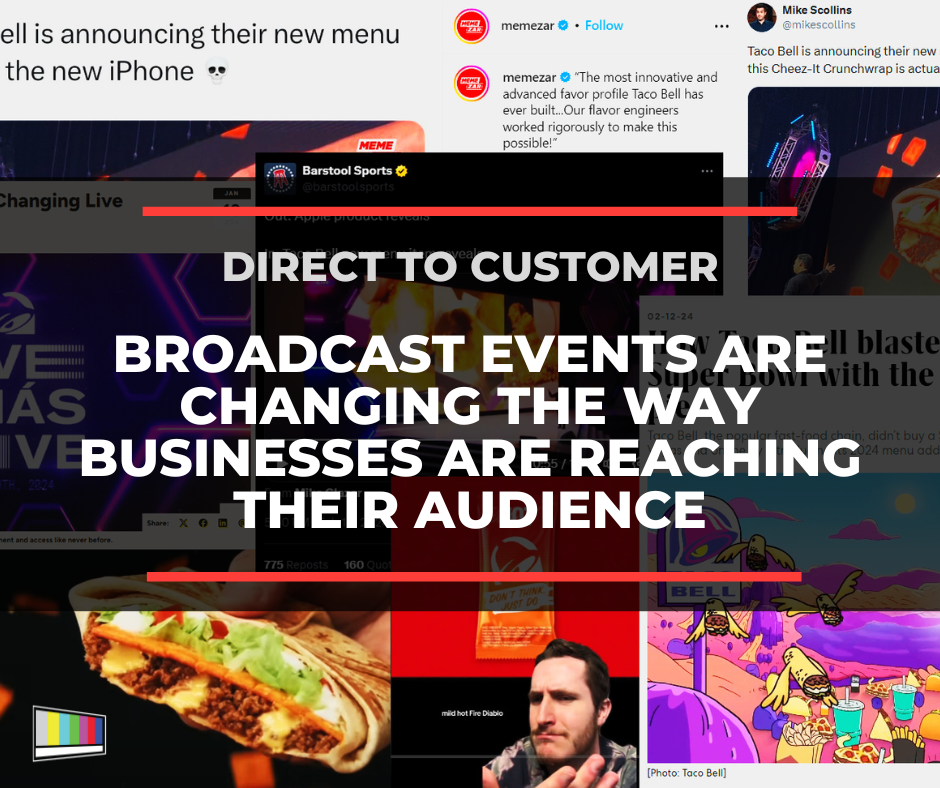
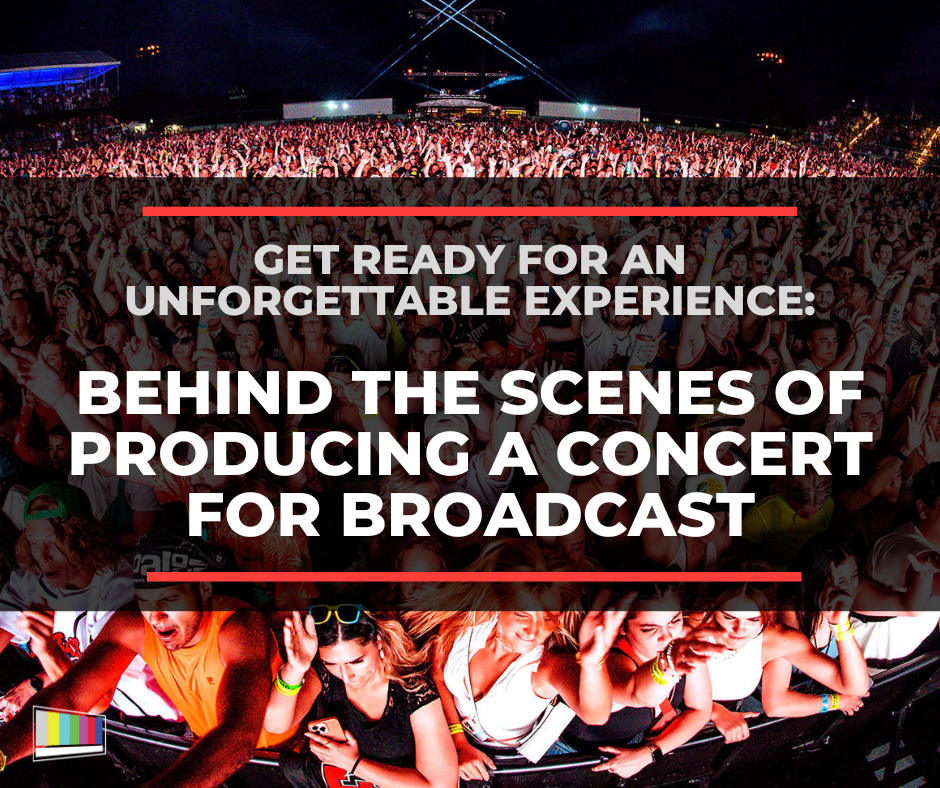


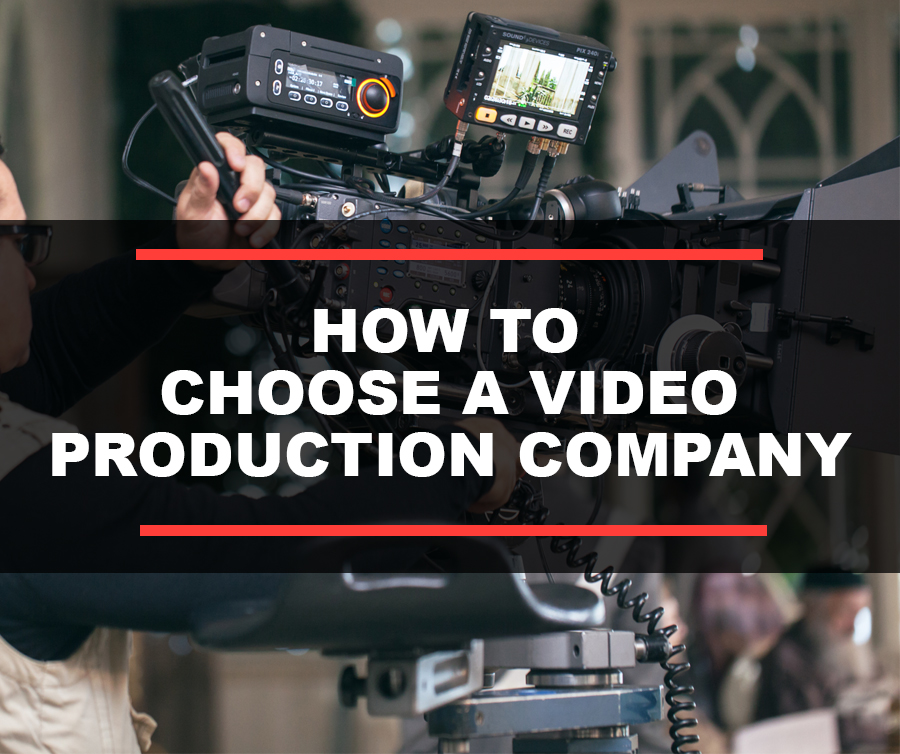
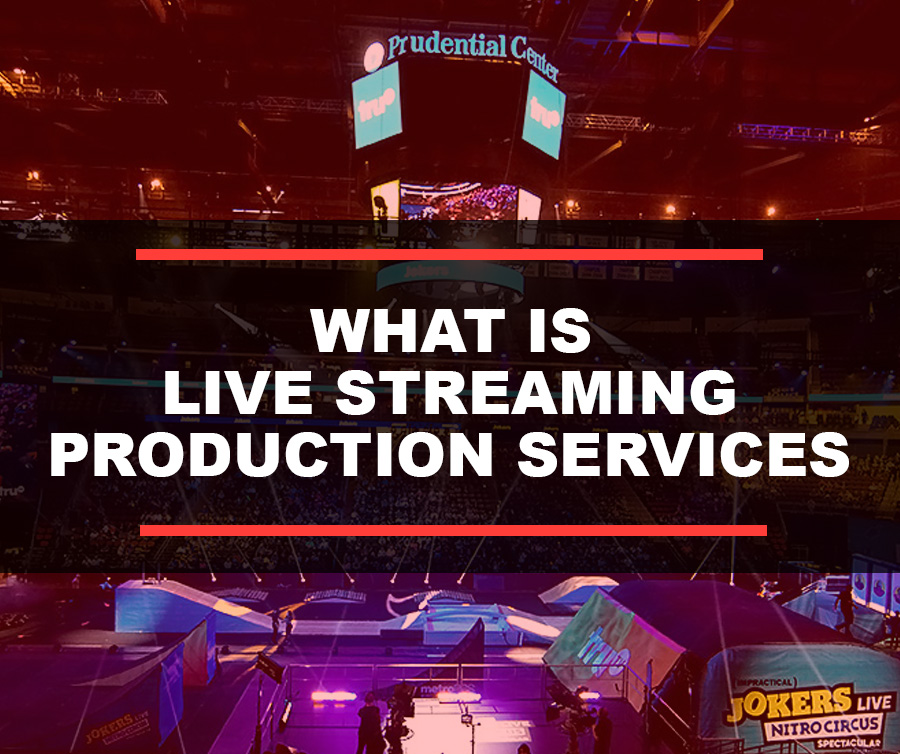

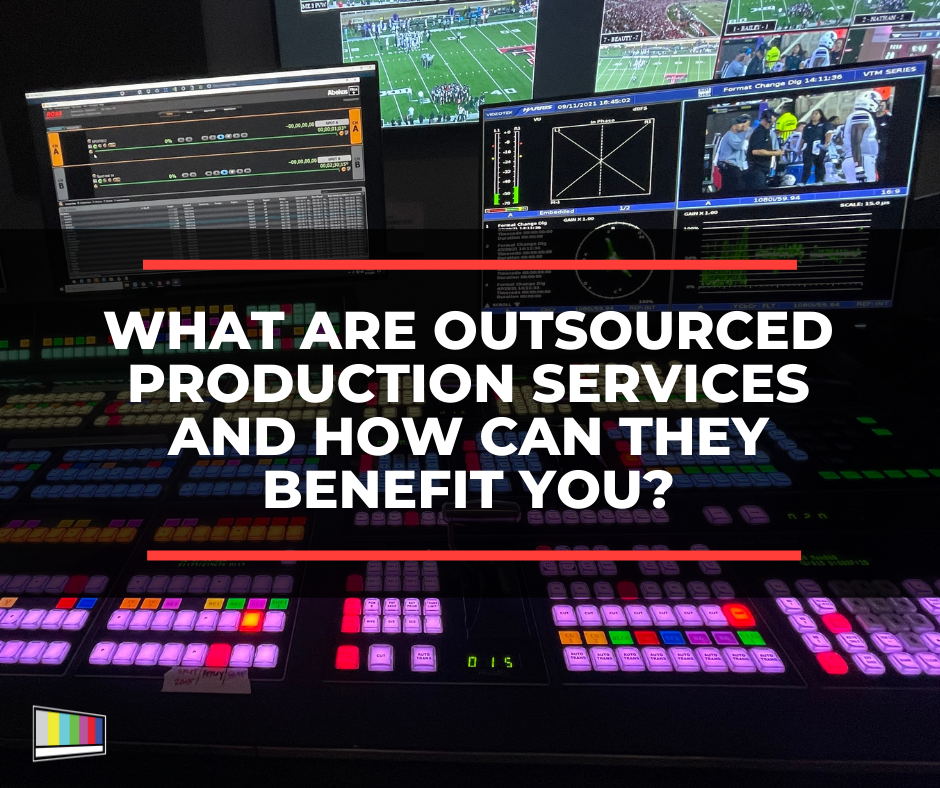



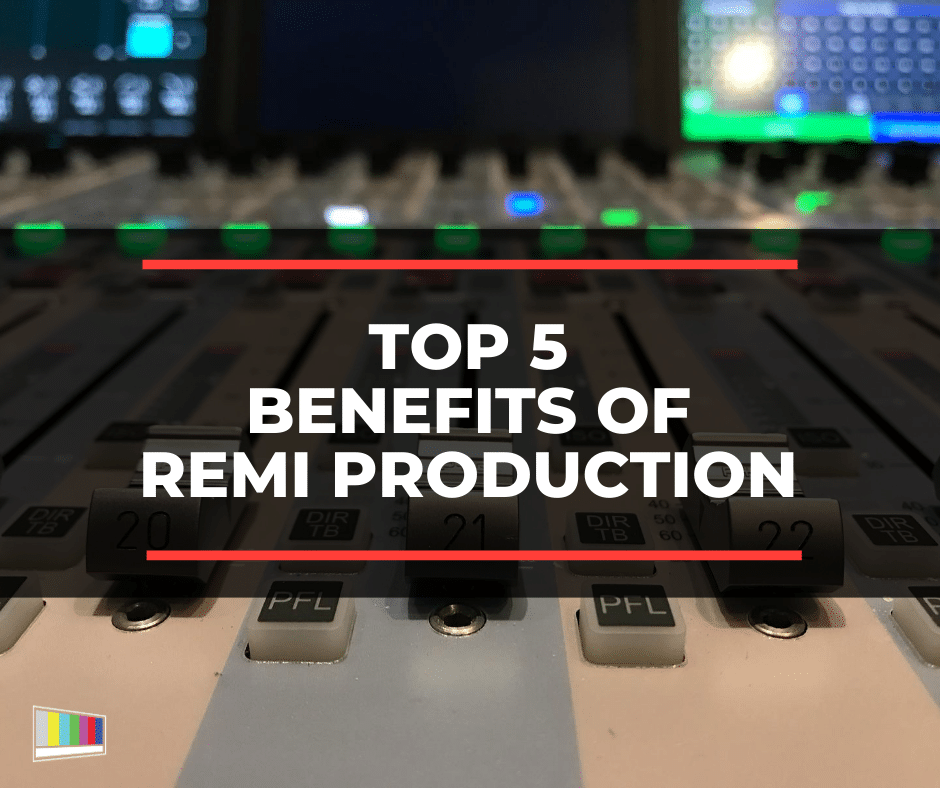
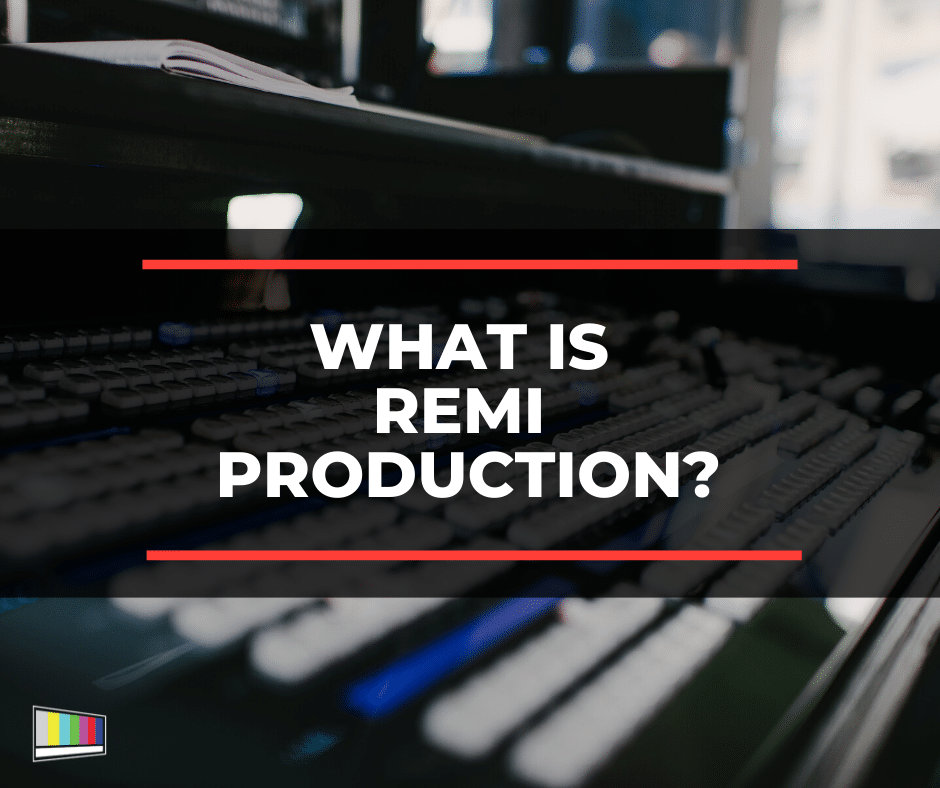
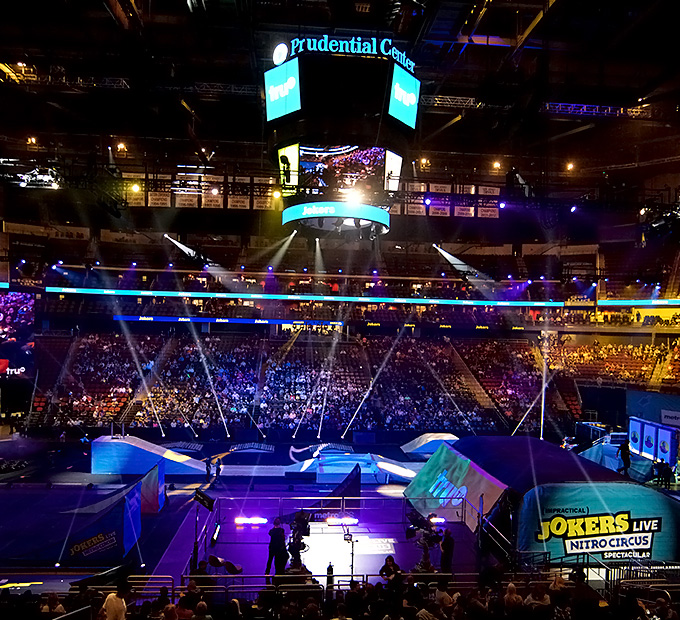
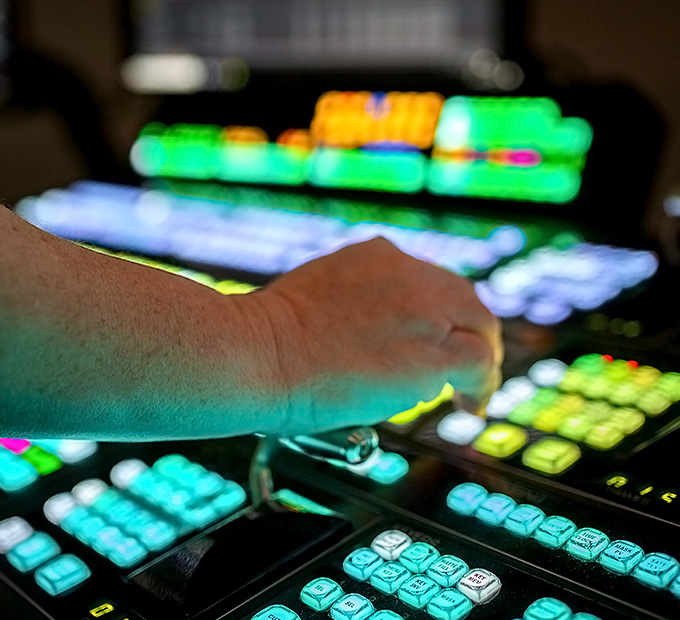
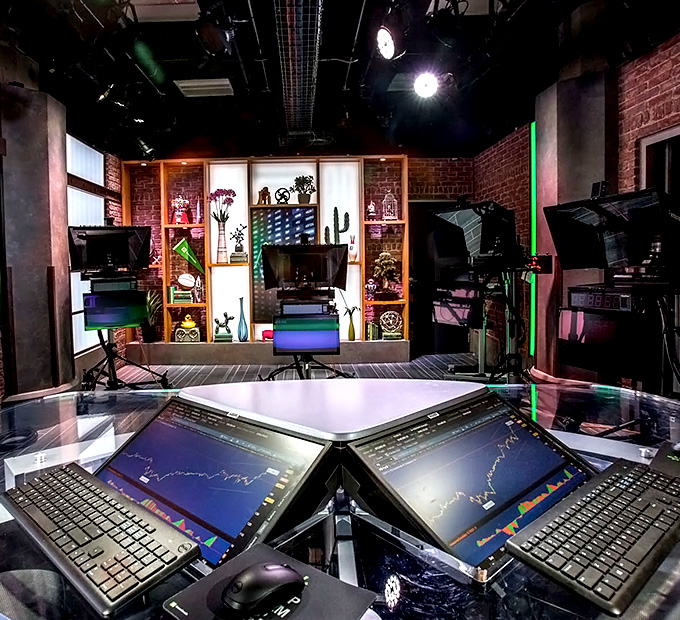

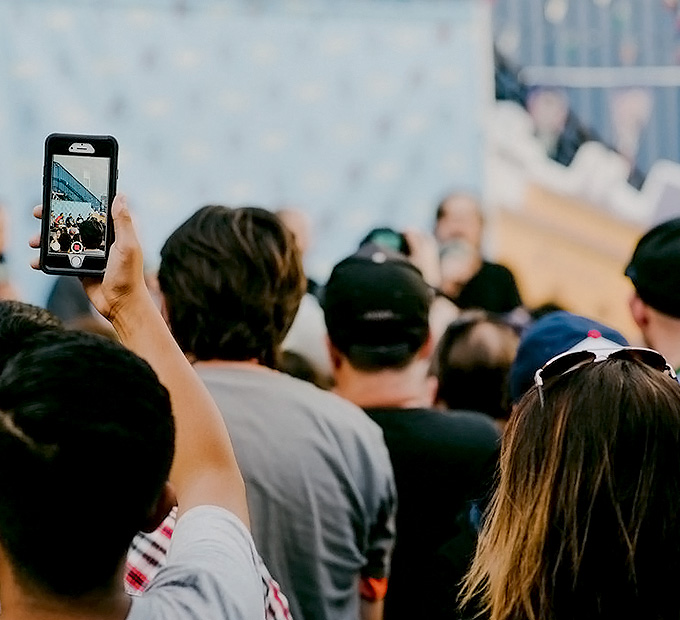
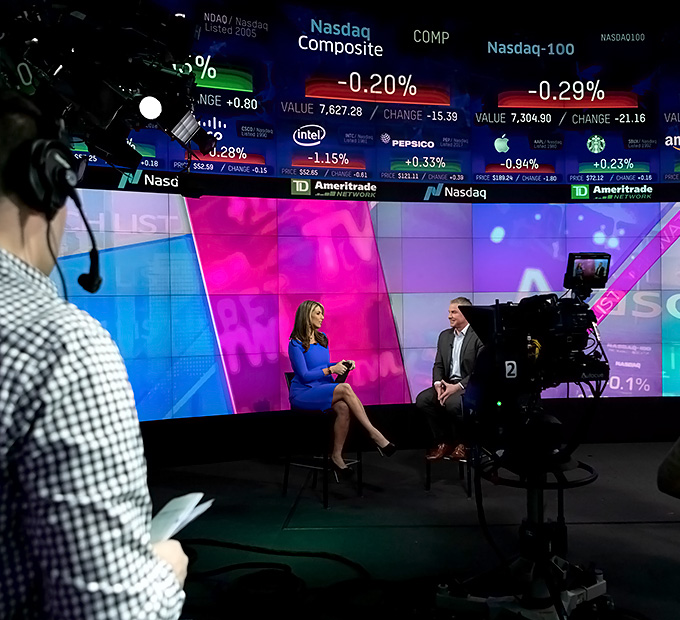
Leave a Reply